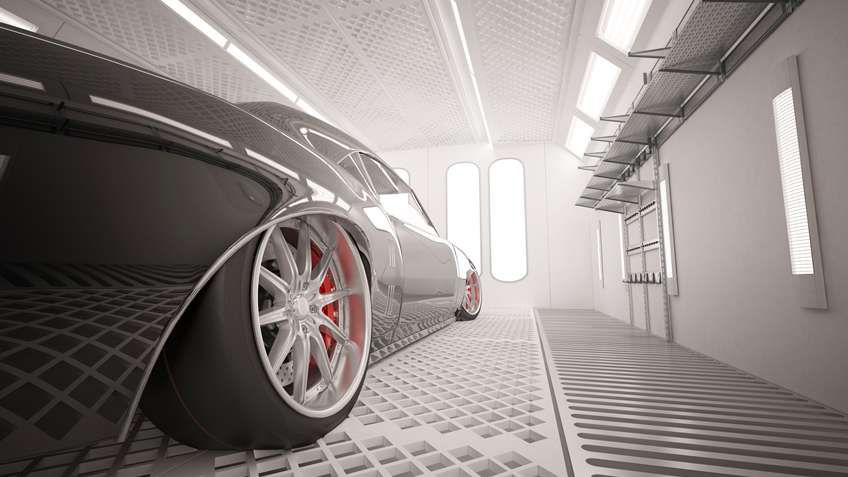Recommended For You
Vehicle assembly plants are notorious for the massive amounts of energy they consume. And of all assembly operations, the paint shop is responsible for the largest share. Of course, this comes as no surprise to those in the auto industry who are working diligently to make paint shops more efficient.
In recent years, automakers have made major gains due to significant advances in paint process technology. Developments such as the three-wet process have replaced traditional energy-intensive curing regimens. The three-wet system reduces emissions and volatile organic compounds (VOCs) – and replaces the need for conventional ovens to cure each layer of paint before application of the next coat. Three layers of paint (the primer, base coat and clear coat) are applied while each layer is still wet.
But automakers can uncover even more savings in the paint shop – and better meet the demands of multivehicle assembly plants – with an innovative approach to paint rectifiers.
Used in the electrocoat process, paint rectifiers provide the direct current (DC) required for paint application. Large and custom-built, rectifiers in a conventional application control voltage for a broad zone encompassing up to ten anodes. These complex systems are costly and time consuming to install – and difficult to maintain. In fact, a typical paint rectifier can only be repaired during a production shutdown.
Conventional paint rectifiers also run continuously – and often cannot easily adjust voltage to different body types. This can result in both surface quality issues and wasted energy, especially in multivehicle plants.
There's a better way. Rockwell Automation modular anode control for paint rectifiers, a new standard engineered solution based on Allen-Bradley® PowerFlex® AC drive technology.
Simply put, thanks to a standard, patented adjustable voltage-adjustable frequency (AVAF) feature, we have configured PowerFlex 750-Series AC drives to work like DC power supplies. Smaller than conventional paint rectifiers, the Rockwell Automation solution relies on a modular approach where each small rectifier controls just two anodes. As a result, the system is extremely fault-tolerant – and can isolate a non-performing unit and continue to operate during repair.
Thanks to modularity and advanced control features, the solution tracks model codes as vehicles enter the electrocoat tank – and automatically adjusts the voltage current profile to match model requirements. In addition, rectifier voltage is significantly reduced between vehicle applications as models pass through the system.
Because the modular solution is smaller and lighter than conventional rectifiers, it is an ideal choice for greenfield applications where floor space is at a premium. It is also well suited to retrofits where existing infrastructure must be accommodated.
And since the solution is based on PowerFlex technology, maintenance staff can rely on the same, familiar monitoring and troubleshooting capabilities used in other Rockwell Automation equipment.
In initial applications, the Rockwell Automation paint rectifier solution is delivering promising results. At a 225,000 vehicle per year assembly plant, annual energy savings are anticipated to be $150,000 to $200,000. And better control of film thickness to body type could yield additional savings of $1.5 million per year in paint costs.
Learn more about modular anode control for paint rectifiers – and how Rockwell Automation solutions optimize automotive plants worldwide.
Published August 15, 2016


